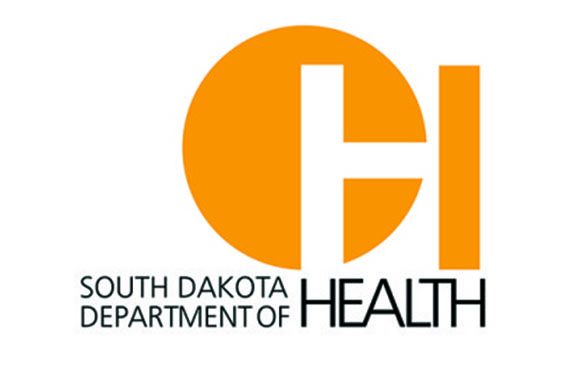Rural U.S. communities are disproportionately impacted by drug overdose deaths, despite having lower drug use rates than urban communities. In 2009, deaths from drug overdose surpassed deaths from motor vehicle accidents in the U.S., and the majority (60%) of drug overdose deaths were due to prescription opioid abuse and misuse. The incidence of deaths from opioid analgesic poisoning quadrupled between 1999 and 2011, followed by a marked increase in cases of acute hepatitis C virus (HCV) between 2010 and 2015— largely associated with an increase in injection drug use (IDU) in rural areas. IDU is a risk factor for HCV, HIV, and other infections, and has become an important factor in understanding and responding to the nationwide opioid crisis. Recent clusters of injection-related HIV and HCV have occurred in rural areas of several states due to increasing use of illicit prescription opioids and heroin. These events raise concern for the vulnerability of similar rural communities to the rapid spread of HIV and HCV among networks of persons who inject drugs.




